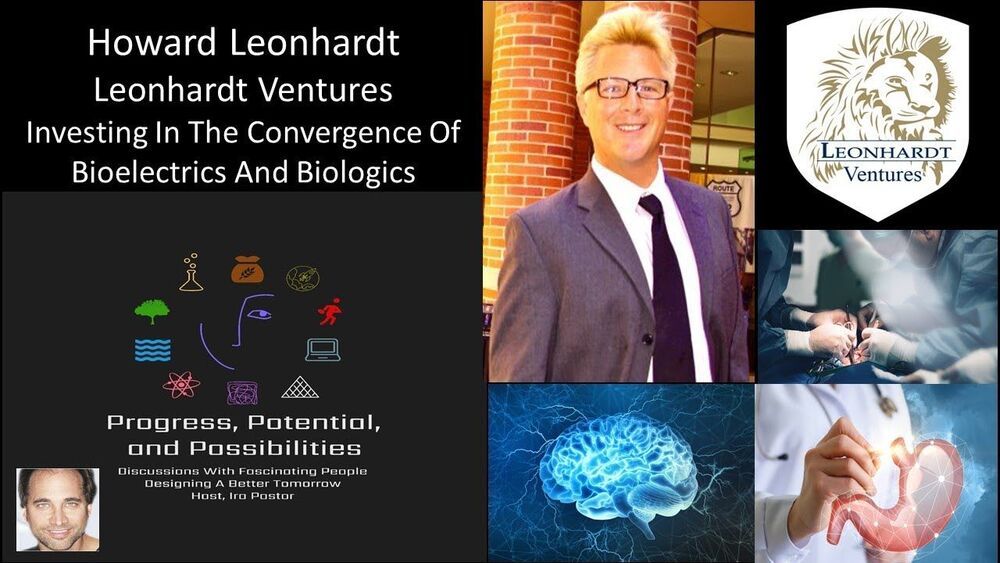Check out our new promo for #transvision #future Summit 2021! Get your tickets! -> www.TransVisionMadrid.com There will be talks about #longevity #artificialintelligence #cryonics and much much more. You will also be able to network with speakers and attendees during 5 optional dinner/cocktails, and 2 tours of several UNESCO heritage sites and historical places: Ávila, Segovia, Monsaterio de El Escorial, Valle de los Caídos (Valley of the Fallen), Aranjuez & Toledo.
Humanity Plus Humanity Plus Humanity Plus Magazine MUTISHAN Interactive Vivian Francos #SEOHashtag Alcor Life Extension Foundation Cryonics Institute Cryonics Institute SENS Research Foundation SENS Research Foundation Posthuman Network Posthuman Network Cryonics4U Longevity Conferences Longevity for All U.S. Transhumanist Party Transhumanist Party Australia Transhumanist Party Virtual Rational Transhumanism Singularity University Ray Kurzweil Singularity Singularity Hub Ray Kurzweil’s Singularity Singularity Network Transhumanismo Brasil Transhumanismo Brasil TRANSHUMANISMO Christian Transhumanist Association Mormon Transhumanist Association SingularityNET Singularitarianism Foresight Institute Lifeboat Foundation Lifeboat Foundation Machine Intelligence Research Institute KrioRus The Hedonistic Imperative — Paradise Engineering.
Promo by sergio tarrero for alianza futurista & transvision madrid.
http://www.TransVisionMadrid.com.
Spain will host the next world futurist summit on October 8, 9 and 10, 2021. Humanity+ will be the main international organizer of this international congress. Afterwards, during October 11 and 12, we will continue with informal conversations while traveling to UNESCO World Heritage Sites around Madrid: Aranjuez, Ávila, El Escorial, Segovia y Toledo. Every night will finish with optional cocktails in beautiful places for networking and meeting the participants and speakers.
The topics covered will be very broad, from recent medical advances, to artificial intelligence and robotics. The first keynote speakers will be the world famous Ray Kurzweil and Aubrey de Gray. Additionally, TransVision 2021 will feature other keynote presentations, such as those from futurist movement pioneers Max More, Natasha Vita-More and Ben Goertzel, members of Humanity+ and other leading institutions.
#TransVision collaborates with leading organizations working on futurist concepts such as life extension, artificial intelligence, robotics, nanotechnology, space travel, human enhancement, blockchain and other future technologies and trends. The first TransVision conference was held in 1998 in the Netherlands, and since there we have hosted 14 international summits in cities like Berlin, Brussels, Caracas, Chicago, Helsinki, London, Madrid, Milano, Paris, Stockholm and Toronto.









